10 Places to Pay Homage on Gandhi Jayanti
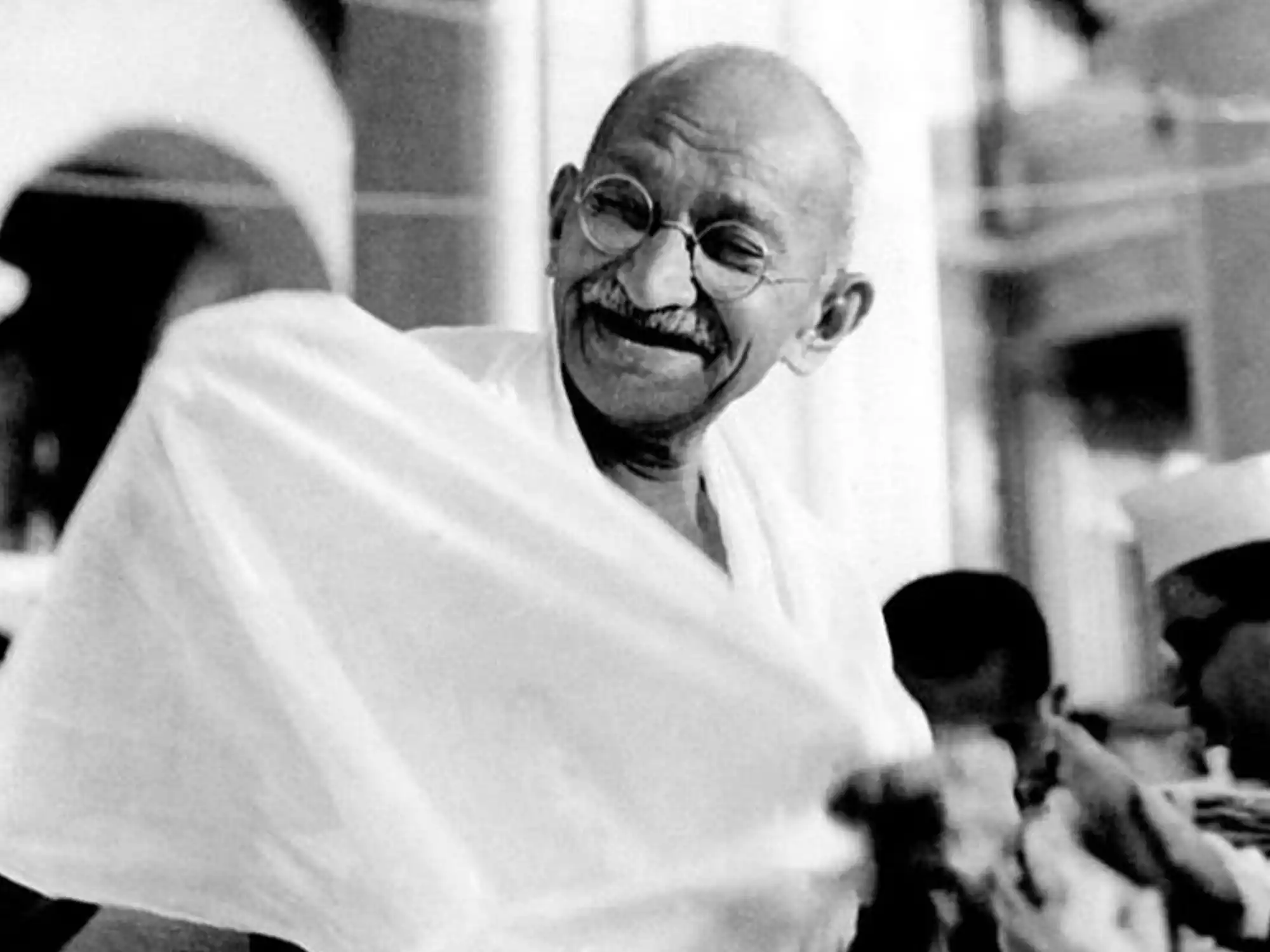
In the vibrant tapestry of India’s history, Mahatma Gandhi stands as a towering figure, a beacon of non-violence, and a symbol of the nation’s struggle for independence. As the nation celebrates Gandhi Jayanti on October 2nd, it is an opportune time to pay homage to the Father of the Nation by visiting places that played a significant role in his life and the freedom movement. Here, we explore 10 such places that offer a profound glimpse into the life and philosophy of Gandhiji.
Sabarmati Ashram, Ahmedabad:
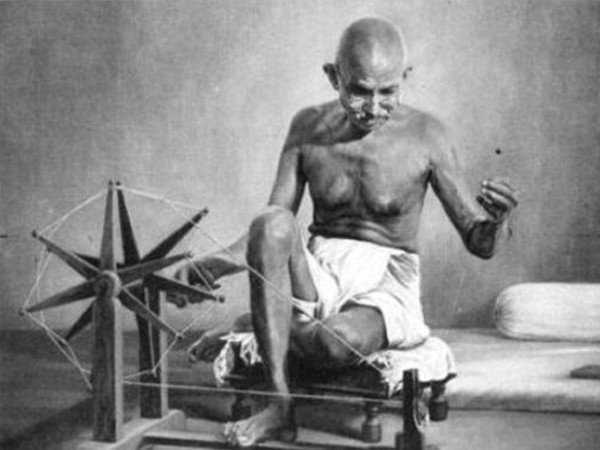
At the very heart of Gandhiji’s journey is the Sabarmati Ashram, located on the banks of the Sabarmati River in Ahmedabad, Gujarat. Established in 1917, this serene ashram served as the epicentre of many crucial decisions during the Indian independence movement. The simple living quarters of Gandhiji, the Hridaya Kunj, and the historic Dandi March are all tangible echoes of the past that one can experience here.
Dandi, Gujarat:
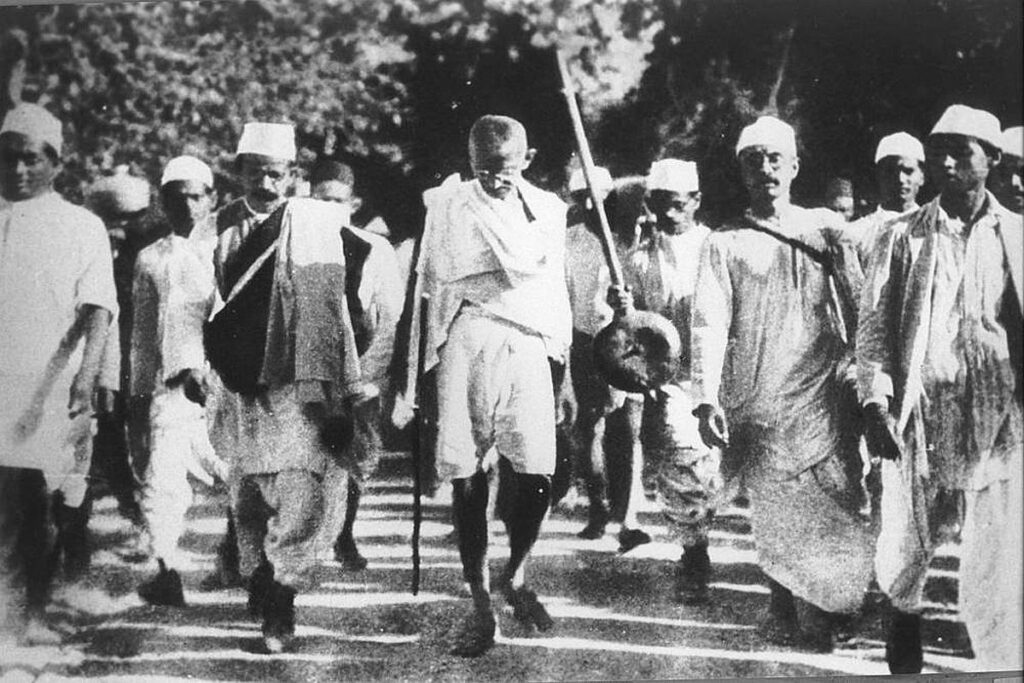
Dandi, a coastal town in Gujarat, became synonymous with the historic Salt March led by Mahatma Gandhi in 1930. The salt tax imposed by the British was a symbol of oppression, and in an act of civil disobedience, Gandhiji marched 240 miles to Dandi, where he and his followers made their salt from seawater. The Dandi Salt March Memorial stands as a testament to this historic event.
You may also like: 10 Amazing Indian Art and Craft to be your Souvenir
Wardha, Maharashtra:
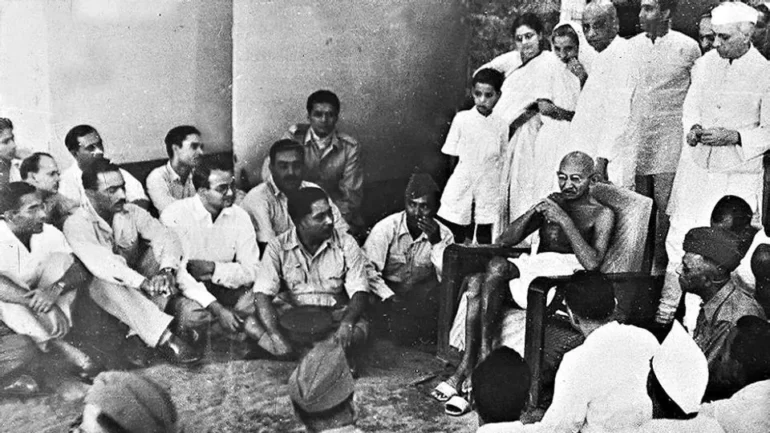
Wardha holds historical significance as it was the headquarters of the All India Spinners’ Association and the All India Village Industries Association, both of which were founded by Gandhiji. Sevagram Ashram, located near Wardha, was another residence for Gandhiji and his followers, emphasizing the importance of self-sufficiency and constructive work in rural development.
Champaran, Bihar:
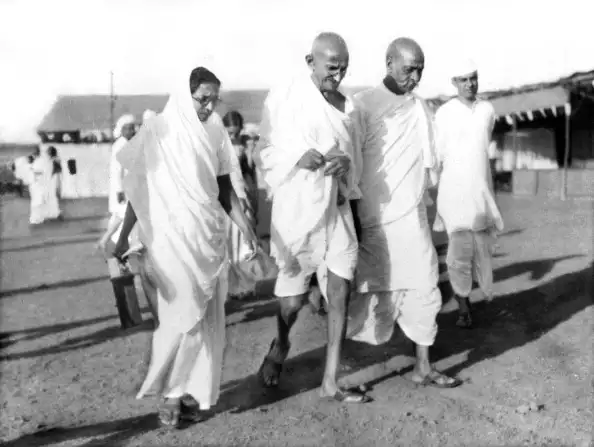
The Champaran region in Bihar played a pivotal role in shaping Gandhiji’s philosophy of non-violent resistance. It was here that he initiated his first Satyagraha in 1917, protesting against the oppressive indigo planters. A visit to Champaran offers a deep understanding of the roots of Gandhian principles and the early struggles of the freedom movement.
Yerwada Central Jail, Pune:
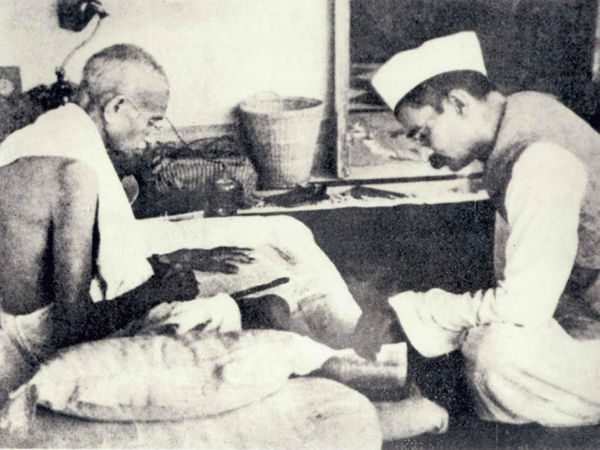
Imprisoned multiple times for his role in the fight for independence, Gandhiji spent a considerable amount of time at the Yerwada Central Jail in Pune. A visit to this jail provides a poignant insight into the harsh conditions faced by the freedom fighters. The cell where Gandhiji was confined is a stark reminder of the sacrifices made during the struggle.
You may also like: 10 Famous Museums in India for Every History Buffs
Jallianwala Bagh, Amritsar:
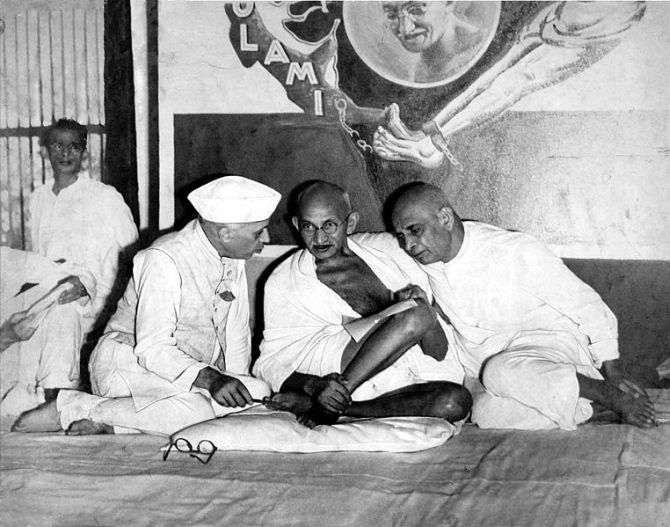
While Jallianwala Bagh is primarily associated with the tragic massacre of 1919, it also holds relevance in Gandhiji’s journey. The incident deeply affected him, strengthening his resolve to fight for justice and freedom. A visit to this historic site allows one to pay homage to those who lost their lives and to reflect on the collective struggle against colonial oppression.
Birla House, New Delhi:
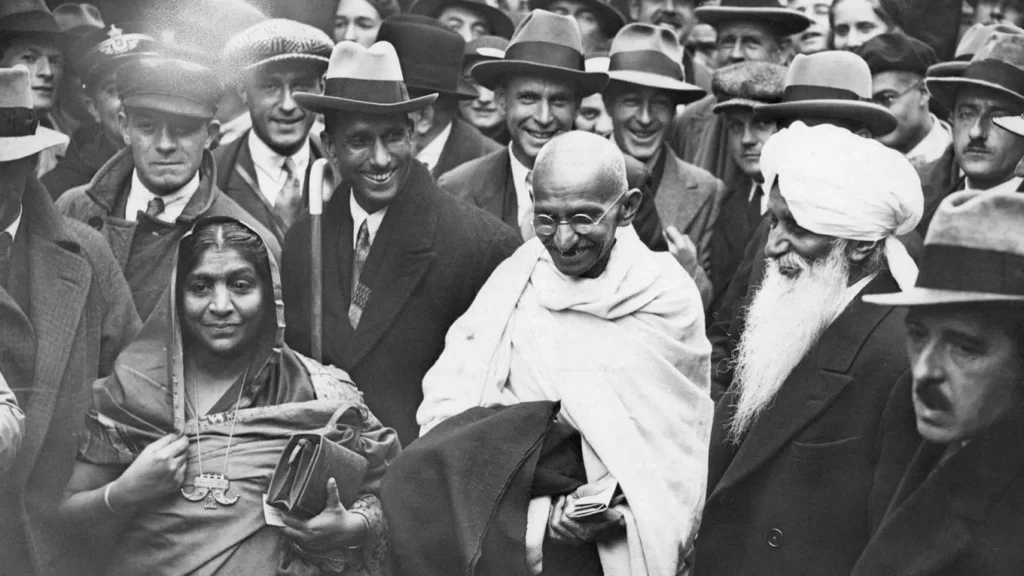
Birla House, now known as Gandhi Smriti, is where Mahatma Gandhi spent the last 144 days of his life before being assassinated on January 30, 1948. The room where he stayed has been preserved as it was at the time of his death. The Martyr’s Column, marking the spot of his assassination, serves as a solemn reminder of the sacrifices made for the nation.
Kochrab Ashram, Ahmedabad:
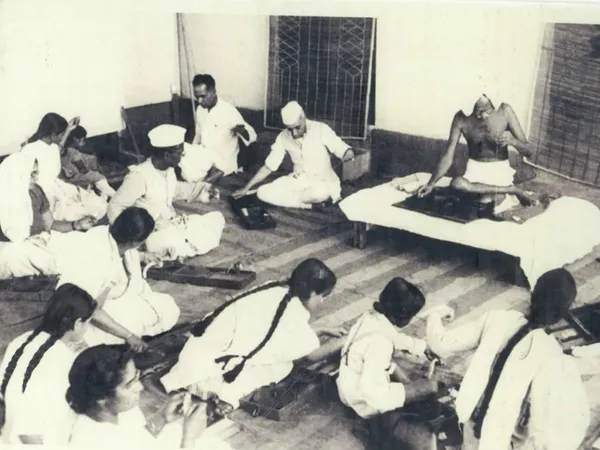
One of the earliest ashrams established by Gandhiji in Ahmedabad, Kochrab Ashram is a lesser-known gem. It was here that Gandhiji fine-tuned his philosophy of truth and non-violence. While the original ashram no longer exists, the memories and ideals born here continue to inspire visitors.
Gandhi Museum, Madurai:
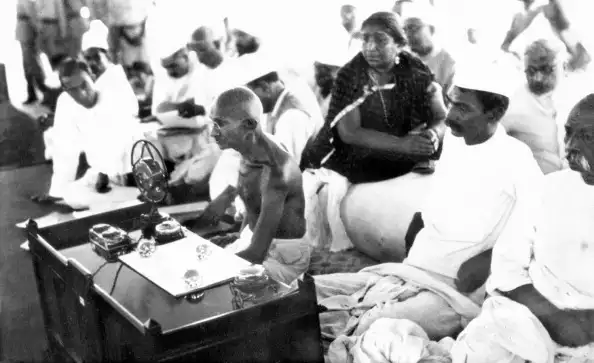
The Gandhi Museum in Madurai, Tamil Nadu, houses a remarkable collection of memorabilia related to Mahatma Gandhi. It provides a comprehensive overview of his life, the freedom movement, and his ideologies. The museum also includes the blood-stained garment worn by Gandhiji at the time of his assassination, creating a sombre yet powerful atmosphere.
You may also like: Exploring The Temple City- Madurai
Raj Ghat, New Delhi:
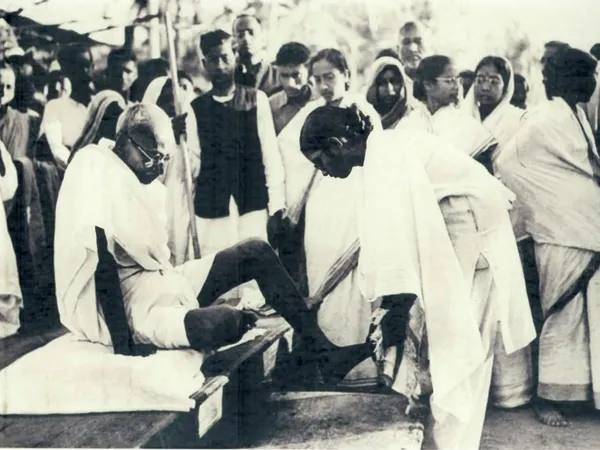
Raj Ghat is the final resting place of Mahatma Gandhi, a serene memorial on the banks of the Yamuna River in New Delhi. The black marble platform marks the spot where Gandhiji was cremated on January 31, 1948. Visiting Raj Ghat is not just an act of homage but also an opportunity for contemplation on Gandhiji’s enduring legacy and the path he charted for a free and united India.
In conclusion, these ten places provide a kaleidoscopic view of Mahatma Gandhi’s life, principles, and the arduous journey of India towards independence. As we celebrate Gandhi Jayanti, paying homage to these sites is not just a tribute to the man himself but also a way to connect with the profound ideals that continue to shape the nation’s identity. Through these pilgrimages, one can grasp the essence of Gandhiji’s teachings and be inspired to carry forward the torch of truth and non-violence in the ongoing pursuit of a just and harmonious society.




1 Comments
One Reply to “10 Places to Pay Homage on Gandhi Jayanti”